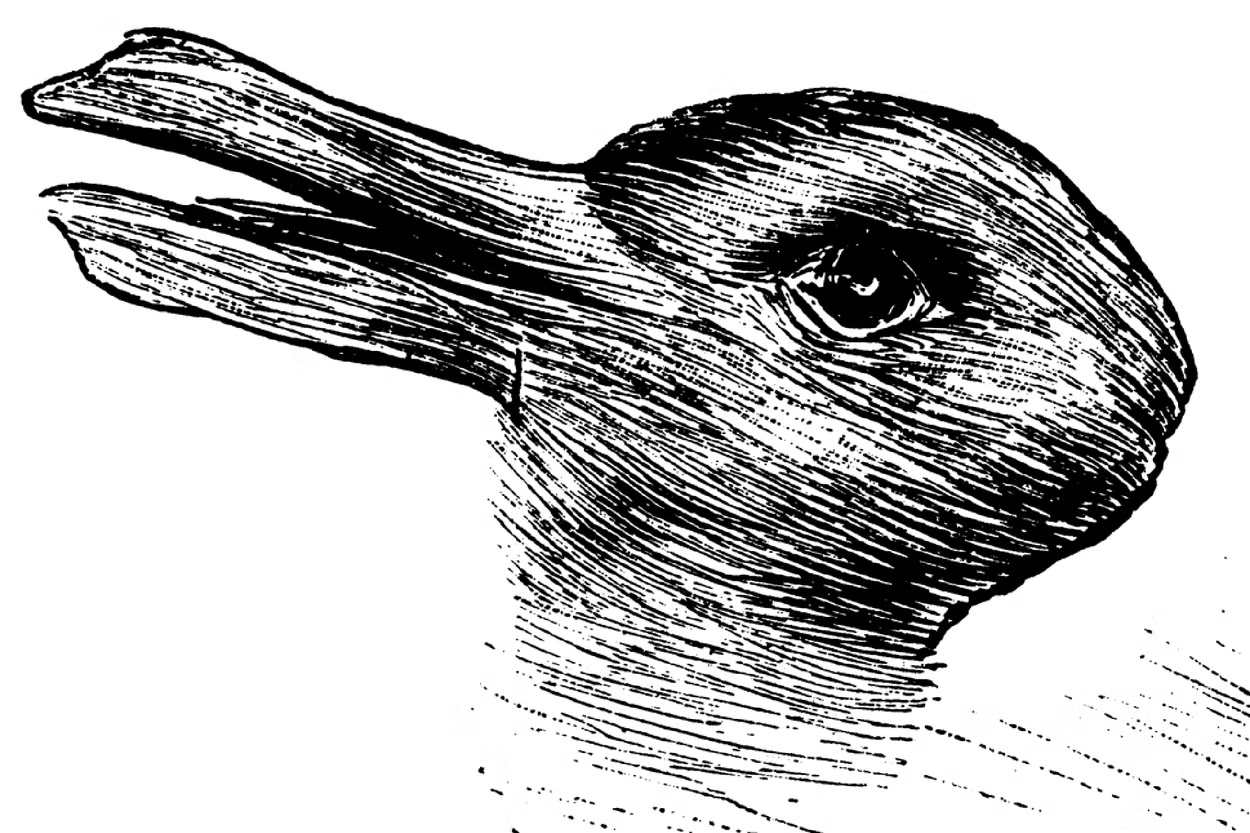When people encounter the duck rabbit illusion, some immediately notice a duck while others first identify a rabbit. Psychologists explain that this initial perception can reveal subtle aspects of personality. Those who see the duck first may be more detail oriented and literal in their thinking, as the duck interpretation fits closely with the outline of the beak. People who see the rabbit first may lean toward imaginative or context driven thinking, especially around times like Easter when rabbits are culturally salient. The choice is not a strict test but it reflects how expectation, attention, and mental habits guide perception.
The Duck First View And Personality Traits
If the duck is your first impression, it can point toward a tendency to process information in a concrete way. Ducks are common animals in everyday contexts, so your mind may select the most straightforward answer. This aligns with personality traits such as practicality, a preference for clear structure, and comfort with direct solutions. People in this group may excel in environments that require careful observation and consistency.
Let’s Take a look at the optial illusion, which animal did you see first?
The Rabbit First View And Personality Traits
If the rabbit is what you see first, this may highlight a more imaginative or context sensitive mindset. Rabbits are not as directly suggested by the shape unless you reframe the beak as ears. Spotting the rabbit first could suggest that you are comfortable shifting perspective quickly and making mental leaps. This correlates with personality traits such as openness, creative exploration, and comfort with ambiguity. People who see the rabbit first may thrive in settings that reward flexible thinking and innovation.
How The First Perception Connects With Creativity
Seeing the duck or the rabbit first does not prove how creative you are, but it can indicate a leaning. The ability to notice the less obvious animal without prompting suggests cognitive flexibility, a skill tied to creative problem solving. Even if you see only the duck at first, once you switch to the rabbit you are practicing the same flexibility. What matters most for creativity is not which animal appears first but how easily you can shift between both views once you are aware of them.
Why This Is A Personality Lens Rather Than A Hard Test
The duck rabbit illusion should not be read as a strict personality assessment. Instead, it is a playful lens that highlights how personal context, environment, and mental habits shape perception. Your first impression might vary across seasons, moods, or cultural cues, showing that personality interacts with external factors. The most useful insight is to notice whether you prefer familiar, straightforward interpretations or whether you often reframe information in unexpected ways. Both tendencies have strengths, and being aware of them helps you understand your approach to challenges.
The Practical Lesson From Your First Impression
Whether you saw a duck or a rabbit first, the value is in recognizing that perception reveals patterns in how you think. If you tend to see the duck, you may benefit from pushing yourself toward alternative viewpoints. If you see the rabbit, you may benefit from grounding ideas in structure. In both cases, awareness gives you tools to balance your personality traits. The illusion is a reminder that multiple perspectives exist, and learning to shift between them is the hallmark of creativity and resilience.
Disclaimer: This article was created with AI assistance and edited by a human for accuracy and clarity.

